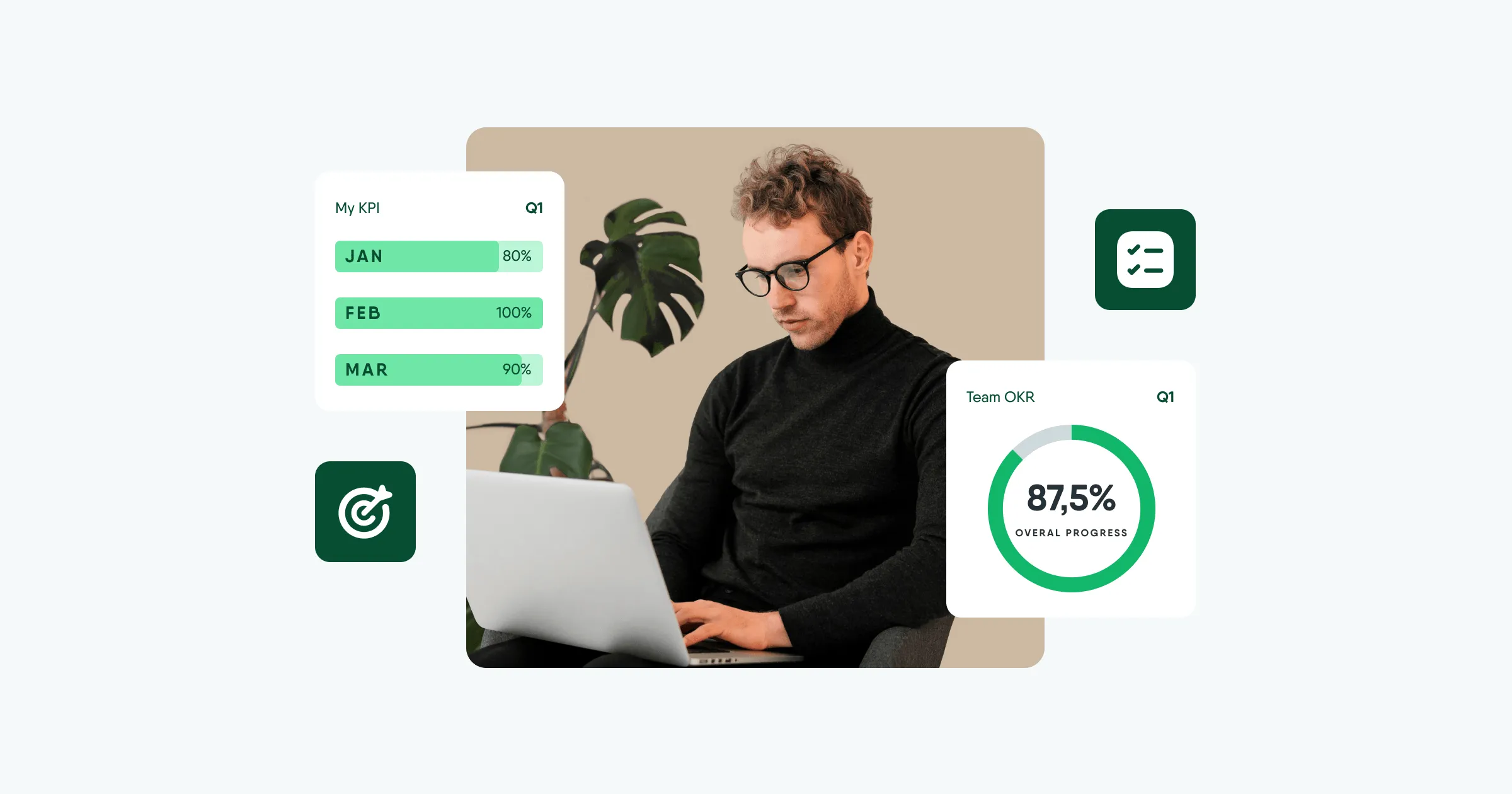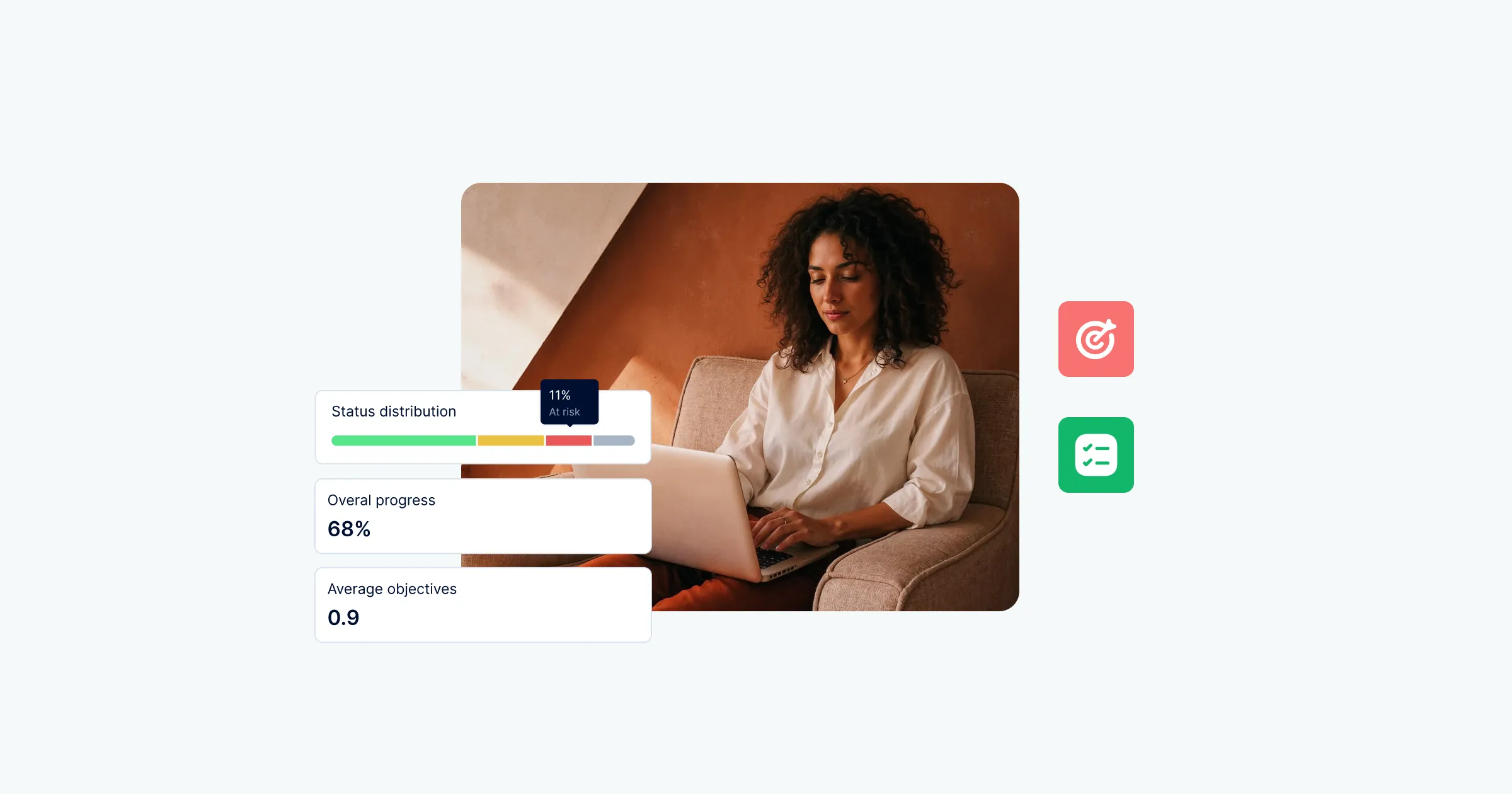Direct hire
What is direct hire?
What is direct hire?
Direct hire refers to a hiring arrangement where the employment contract (or another form of employment agreement) is signed directly between the employer and the employee – without the involvement of a temporary staffing or outsourcing agency. In a direct hire scenario, the candidate becomes an integral part of the company’s internal structure from the outset.
The recruitment process – ranging from sourcing candidates and conducting interviews to extending a job offer – can be managed internally by the company’s HR department (in-house recruitment) or externally with the support of a recruitment agency (e.g., direct search or executive search). In the latter case, the agency identifies and recommends candidates but does not employ them on its own behalf.
Benefits of direct hire
Direct hire is a collaboration model that offers valuable benefits for both employers and employees:
Benefits for the employee
- Personalized employment terms – A direct relationship with the employer (even when a recruitment agency is involved) allows candidates to negotiate conditions that reflect their skills, expectations, and role within the organization.
- Transparency and a shorter hiring cycle – With no intermediaries involved in the employer’s decision-making, the recruitment process is often faster and less uncertain for the candidate.
- Access to the full employee benefits package – This includes not only salary-related benefits, but also career development programs, training opportunities, and social perks typically offered to full-time staff.
- Stronger sense of belonging and job security – From day one, the employee is a true part of the organization, which contributes to higher engagement and motivation.
- Clearly defined career path and real development opportunities – Direct access to HR and supervisors enables more effective skills development planning and participation in succession programs.
- Job stability and consistent income – Unlike temporary employment models, direct hire generally offers long-term collaboration and predictable financial conditions.
- Full participation in internal communications and organizational culture – Employees receive timely updates on strategic decisions, company events, and employer branding initiatives.
- Consistent rules and transparent HR policies – Newly hired employees operate within a unified set of procedures and standards, ensuring clarity and fairness from the start.
Benefits for the employer
- Higher engagement and retention levels – Employees hired directly are more likely to identify with the organization and its goals, leading to greater loyalty and lower turnover rates.
- Full control over onboarding and development – Employers can design and monitor onboarding and development paths according to internal standards and the company’s specific skill needs.
- Workforce stability – Direct hire supports long-term working relationships and reduces the turnover typically associated with temporary staffing or outsourcing models.
- More effective organizational culture building – A direct relationship with employees allows the company to actively shape behaviors and attitudes aligned with its values and assess cultural fit early in the onboarding process.
- Better access to high-potential candidates – Many specialists and experts deliberately avoid agency-based work and prefer to engage directly with their future employer.
- More accurate evaluation of performance and potential – Direct management of the hiring process and employee assessments enables quicker identification of top talent and more strategic development planning.
Challenges of direct hiring
Despite its many strategic advantages, direct hiring also presents several operational and organizational challenges that should be considered when planning the recruitment process and managing human resources.
❌ Time-consuming recruitment process
Direct hiring typically requires careful pre-screening and a more in-depth assessment of both skills and cultural fit. As a result, the process can take longer and may delay filling a critical vacancy.
Example: An IT company is recruiting for a mid-level developer. The HR team conducts a three-stage selection process (resume review, technical task, interviews with the team and CTO). Despite the effort, the hiring process takes over six weeks.
❌ Higher cost of talent acquisition
Longer recruitment timelines can drive up costs – especially if the company needs to hire additional recruiters, use paid sourcing tools, or cover for the extended absence of a key team member.
Example: A manufacturing company has a vacancy for a maintenance engineer that remains unfilled for two months. During that time, the HR team increases the budget for premium job ads and outsources sourcing to an agency, significantly raising the cost per hire.
❌ Limited staffing flexibility
Direct employment comes with legal and internal policy obligations (e.g., sick leave, notice periods, employee benefits), which can limit the ability to quickly adapt staffing decisions.
Example: A newly hired administrative specialist takes a long-term sick leave in their first month. Under an employment contract, the company cannot terminate the arrangement quickly and must provide paid sick leave.
❌ Increased risk of hiring mistakes
A poor hiring decision can lead to wasted onboarding and training costs, lower team performance, cultural misalignment, or interpersonal conflicts.
Example: A sales team manager is hired directly and shows strong technical skills, but struggles in a company culture built on collaboration and transparency. After a few months, conflicts arise and the employment must be terminated.
❌ Limited HR capacity
Organizations with small or less experienced HR teams may struggle to manage a full-cycle recruitment process effectively, impacting both the speed and quality of hiring.
Example: In a small company with 50 employees, one person handles all HR tasks. While managing recruitment, onboarding, and personnel matters simultaneously, candidate feedback is delayed by more than two weeks – negatively affecting the candidate experience and employer brand.
❌ Responsibility for onboarding and development
The full responsibility for onboarding, training, and employee development falls on the employer, requiring well-prepared resources, processes, and tools.
Example: A new hire joins the sales team, but no onboarding plan is in place. Without structured onboarding or clear goals, the employee fails to meet KPIs in the first few weeks, while their supervisor spends excessive time providing ad hoc guidance.
The direct hiring process – step by step with the help of an HR platform
Direct hiring can be a demanding process, especially for specialized roles. Structuring your actions clearly and leveraging modern tools can streamline the experience and ensure consistent communication with candidates.
Here’s how you can organize the direct hiring process step by step with the support of an HR platform:
1. Conduct a job analysis and create a role description
One of the advantages of direct hire is that you know your organization’s needs best. This helps you craft a detailed job description that outlines responsibilities, requirements, qualifications, and experience. With an HR platform like PeopleForce, you can quickly prepare all the necessary materials, define key competencies, and design each stage of the recruitment process.
2. Launch the recruitment campaign and start sourcing candidates
Once the job description is ready, it’s time to reach candidates. Use the multiposting feature and integrated job posting channels in your HR platform – such as job boards, LinkedIn, or your career site. You can also activate an employee referral program and track its effectiveness. The HR system lets you manage all sourcing channels in one place, significantly simplifying the process.
3. Pre-screen and evaluate applications
As applications come in, you’ll need tools to manage them efficiently. A built-in ATS (Applicant Tracking System) helps you automatically organize applications, assign candidates to specific stages, and easily access key information.
CV parsing tools convert uploaded resumes into structured candidate profiles without the need for manual data entry.
To identify the most promising candidates early on, you can conduct screening tests (e.g., language, logic, or skills assessments). The results are stored in each candidate’s profile and support objective decision-making in later stages.
4. Conduct interviews and document the process
Next, it’s time to conduct interviews – whether held remotely or in person. With an HR platform, you can invite candidates with a single click, automate communications, and schedule meetings with decision-makers. The system makes it easy to document evaluations, add notes, and compare candidates in a structured format.
5. Verify references and confirm candidate details
Before making a final decision, it’s worth checking references and confirming the candidate’s submitted details. Your HR platform can help you store documents, track interactions with former employers, and maintain a record of the verification process.
6. Make an offer and finalize the hire
Once you’ve selected a candidate, prepare and send an offer. The system allows you to generate offer documents, send them for approval, and track their status. You can even use an e-signature solution (e.g., via integration with Autenti), which speeds up finalization and reduces paperwork for the candidate.
7. Start the onboarding process
After the offer is signed, it’s a time to launch onboarding. The HR system lets you plan checklists, assign tasks to managers and teams, share training videos, and provide access to knowledge resources. From day one, the new hire knows what to expect – and you have full control over the onboarding process.
Direct hire – summary
Direct hiring is a strategy that brings value to both employers and employees. While it may require more time and resources upfront, it pays off eventually by boosting retention, engagement, and collaboration quality. With the support of an HR platform, the entire process becomes not only more efficient but also scalable.

